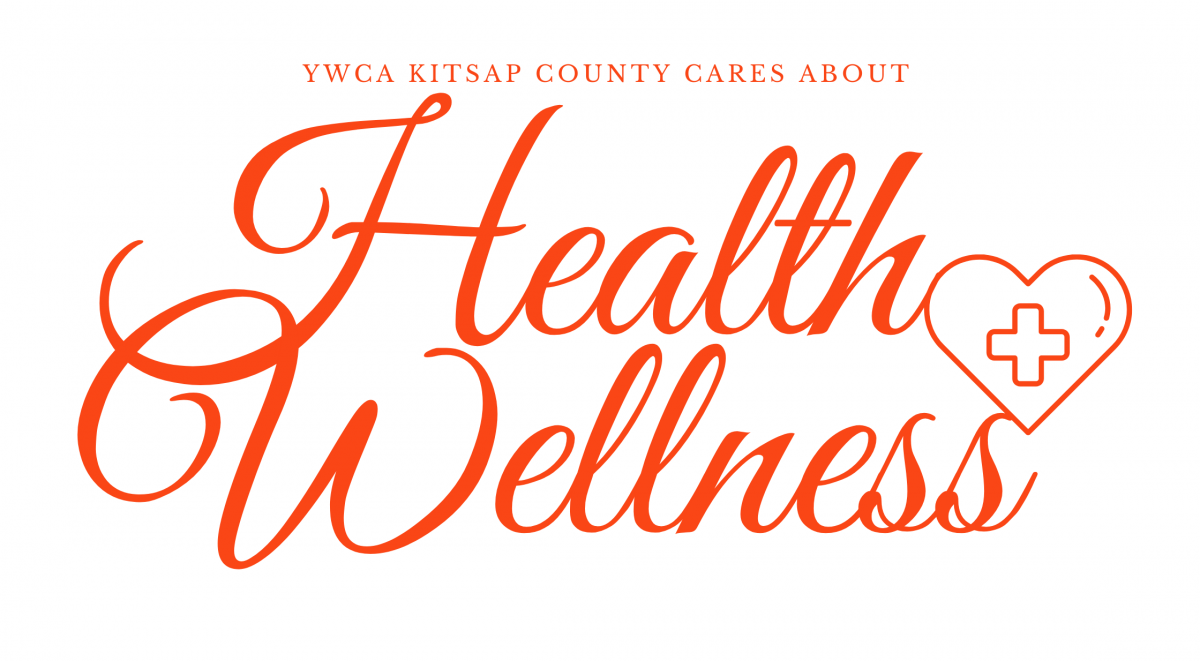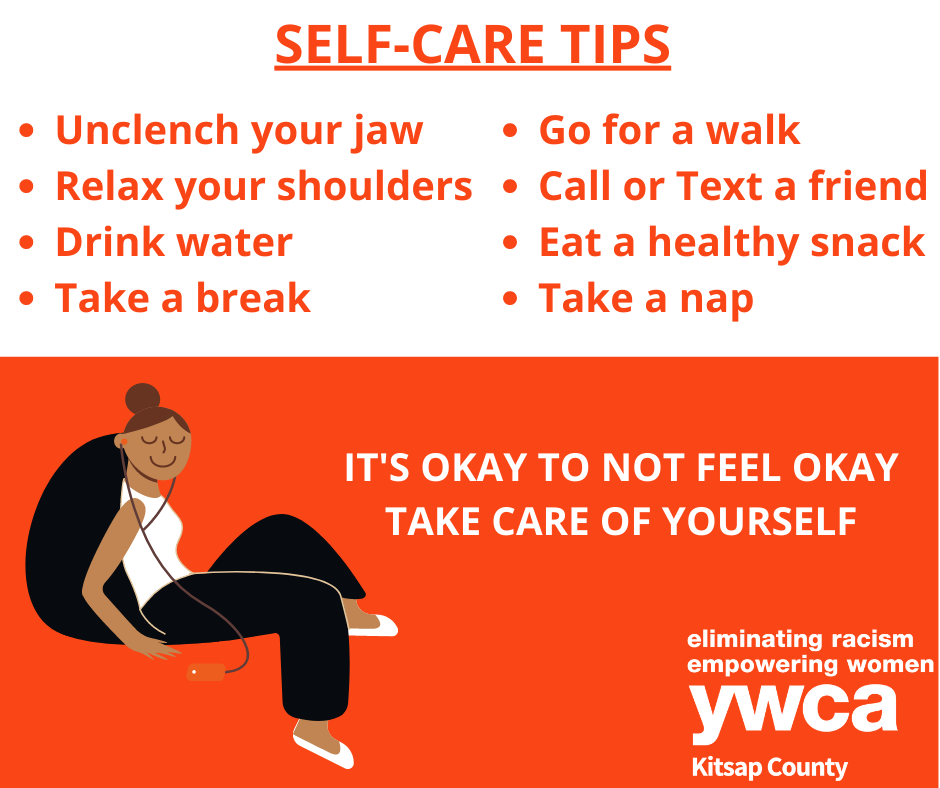
The 4-7-8 Breath Relaxation Exercise is a very simple and useful tool to achieve general relaxation and to manage stress.
Beginner Tips
Ideally, sit with your back straight.
Place the tip of your tongue against the ridge of tissue just behind your upper front teeth, and keep it there through the entire exercise.
Exhale through your mouth around your tongue; try pursing your lips slightly if this seems awkward.
STEPS
- Exhale completely through your mouth, making a whoosh sound.
- Close your mouth and inhale quietly through your nose to a count of 4.
- Hold your breath for a count of 7.
- Exhale completely through your mouth, making a whoosh sound to a count of 8.
- This is one breath. Now inhale again and repeat the cycle three more times for a total of four breaths.
Are the numbers important?
The absolute time you spend on each phase is not important; the ratio of 4:7:8 is important. If you have trouble holding your breath, speed the exercise up but keep to the ratio of 4:7:8 for the three phases. With practice you can slow it all down and get used to inhaling and exhaling more and more deeply.
When should I use this exercise and how often?
Use this new skill whenever anything upsetting happens – before you react.
Use it whenever you are aware of internal tension. Use it to help you fall asleep.
Do it at least twice a day. You cannot do it too frequently. Do not do more than four breaths at one time for the first month of practice. Later, if you wish, you can extend it to eight breaths.

Here are ten things you can try to release anxiety:
Interrupt Yourself. As you feel your anxiety level rising, try to practice self-interruption. Go for a walk. Call a friend. Run an errand. Move your body and become aware of your breathing.
Get your attention on something else. Focus on something that is beautiful. Get up. Move your body and shift your position.
Focus on your feet. When you feel your stress level rising, try this calming exercise fromDr. Judson Brewer, Director of Research and Innovation at the Mindfulness Center at Brown University:
Take a moment to focus on your feet. You can do this standing or sitting with your feet on the ground. How do they feel? Are they warm or cold? Are they tingly? Moist or dry? Wiggle your toes. Feel the soles of your feet. Feel your heels connecting with your shoes and the ground beneath you.
Anxiety tends to be in your chest and throat and this is a different way to ground yourself.
Move for three minutes. It takes a short burst of exercise – three minutes to be exact – to improve your mood. Do jumping jacks. Stand and box. Do wall pushups. Dance!
Move your body in ways that feel good to you. This is a good way to be self aware and feel engaged in the moment.
Tackle a home project. Get rid of clutter. Make a scrap book. Get a new comforter. Hang artwork.
“It’s not frivolous to do something like declutter, organize or look around your space and think about how to make it a supportive place for you or anyone else you live with. It’s one of the ways we imagine a positive future,” said Dr. McGonigal, whose TedTalk on stress has been viewed nearly 24 million times. “Anything you do where you take an action that allows you to connect, whether consciously or not, with this idea that there’s a future you’re moving toward, that’s like a hope intervention. It’s something you’re doing now to look after your future self.”
Try 5-finger breathing. This simple practice is easy to remember and is often taught to children to help them calm themselves in times of high stress.
Step 1. Hold your hand in front of you, fingers spread.
Step 2. Using your index finger on the opposite hand, start tracing the outline of your extended hand, starting at the wrist, moving up the pinkie finger.
Step 3. As you trace up your pinkie, breathe in. As you trace down your pinkie, breathe out. Trace up your ring finger and breathe in. Trace down your ring finger and breathe out.
Step 4. Continue finger by finger until you’ve traced your entire hand. Now reverse the process and trace from your thumb back to your pinkie, making sure to inhale as you trace up, and exhale as you trace down.
Connect with nature. Spend time outside. Watch birds. Wander amid the trees. Recent research shows that consciously taking in the wonders of nature amplifies the mental health benefits of walking. Numerous studies support the notion that spending time in nature and walking on quiet, tree-lined paths can result in meaningful improvements to mental health, and even physical changes to the brain. Nature walkers have “quieter” brains: scans show less blood flow to the part of the brain associated with rumination. Some research shows that even looking at pictures of nature can improve your mood. Our brains, it seems, prefer green spaces. One small study found that exercisers exposed to the color green found it easier to exercise and were in a better mood than exercisers exposed to gray or red.
Rediscover your diaphragm. Many of us are vertical breathers: When we breathe, our shoulders rise and fall, and we’re not engaging our diaphragm. To better relax, learn to be a horizontal breather. Inhale and push your belly out, which means you’re using your diaphragm. Exhale and your middle relaxes.
If you’re breathing with your shoulders, you’re using auxiliary muscles, and you’ll have a higher heart rate, higher blood pressure and higher cortisol. If you breathe diaphragmatically, you’re more apt to be calmer.
Unleash the aromatics. Take a lavender foot bath, burn a scented candle or spritz the air with orange aromatherapy. It’s only a temporary reprieve, but it just might help get you through a stressful moment.
A study of 141 pregnant women found that rubbing or soaking feet with lavender cream significantly reduced anxiety, stress and depression. Another study of 200 dental patients found that orange or lavender aromatherapy helped them relax before treatment. Lavender baths lower cortisol levels in infants. Even antidepressants work better when combined with lavender therapy.
Accept the present moment. You’ll be more effective at pursuing change if you accept the current situation. Anxiety comes from the desire to have things be different, but there’s going to be a time after the anxiety. We need to be present to what is, regardless of the outcome we want. Thinking about history and those who have faced seemingly insurmountable hardship in the past can help you gain perspective, accept current events and make plans to pursue change.
